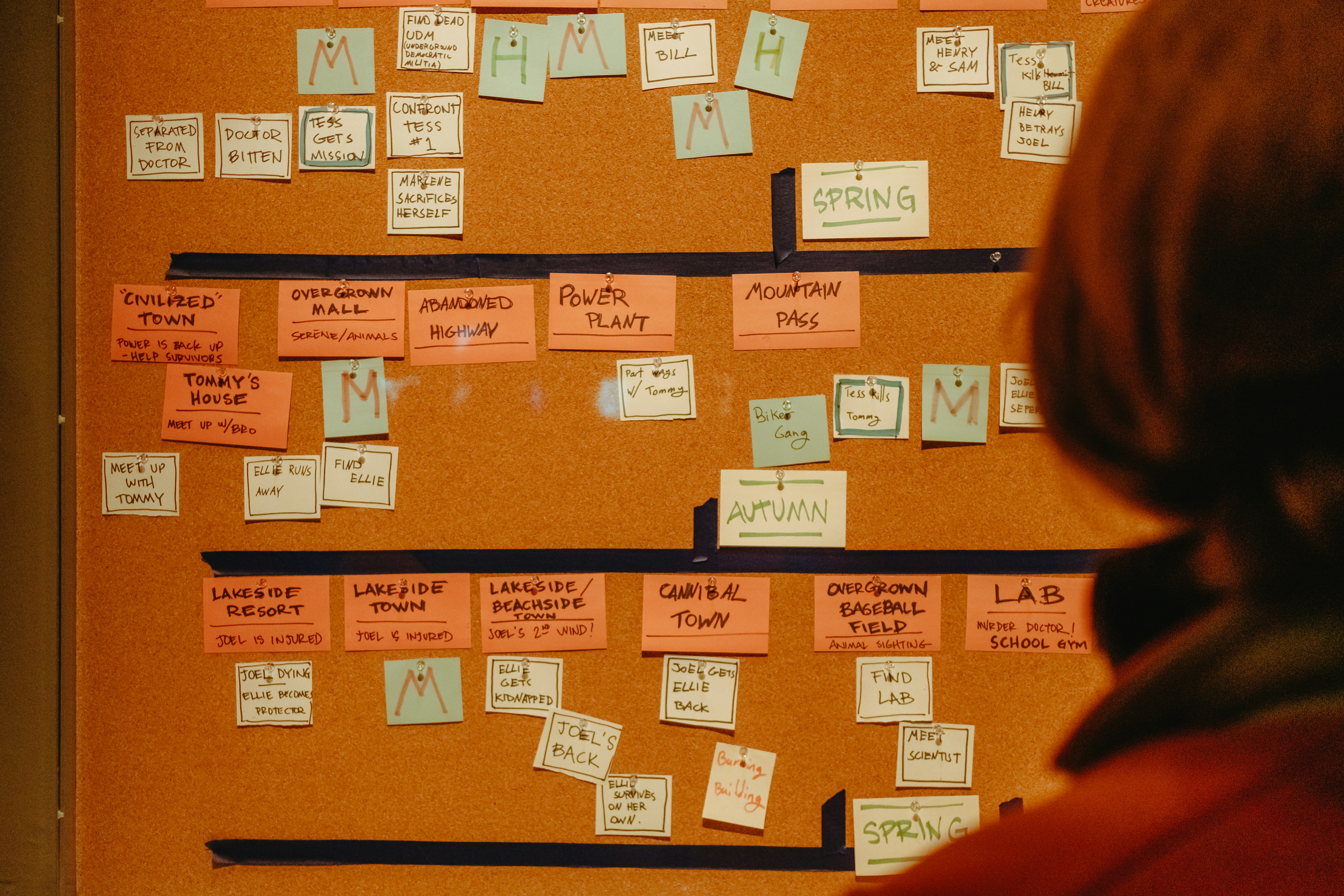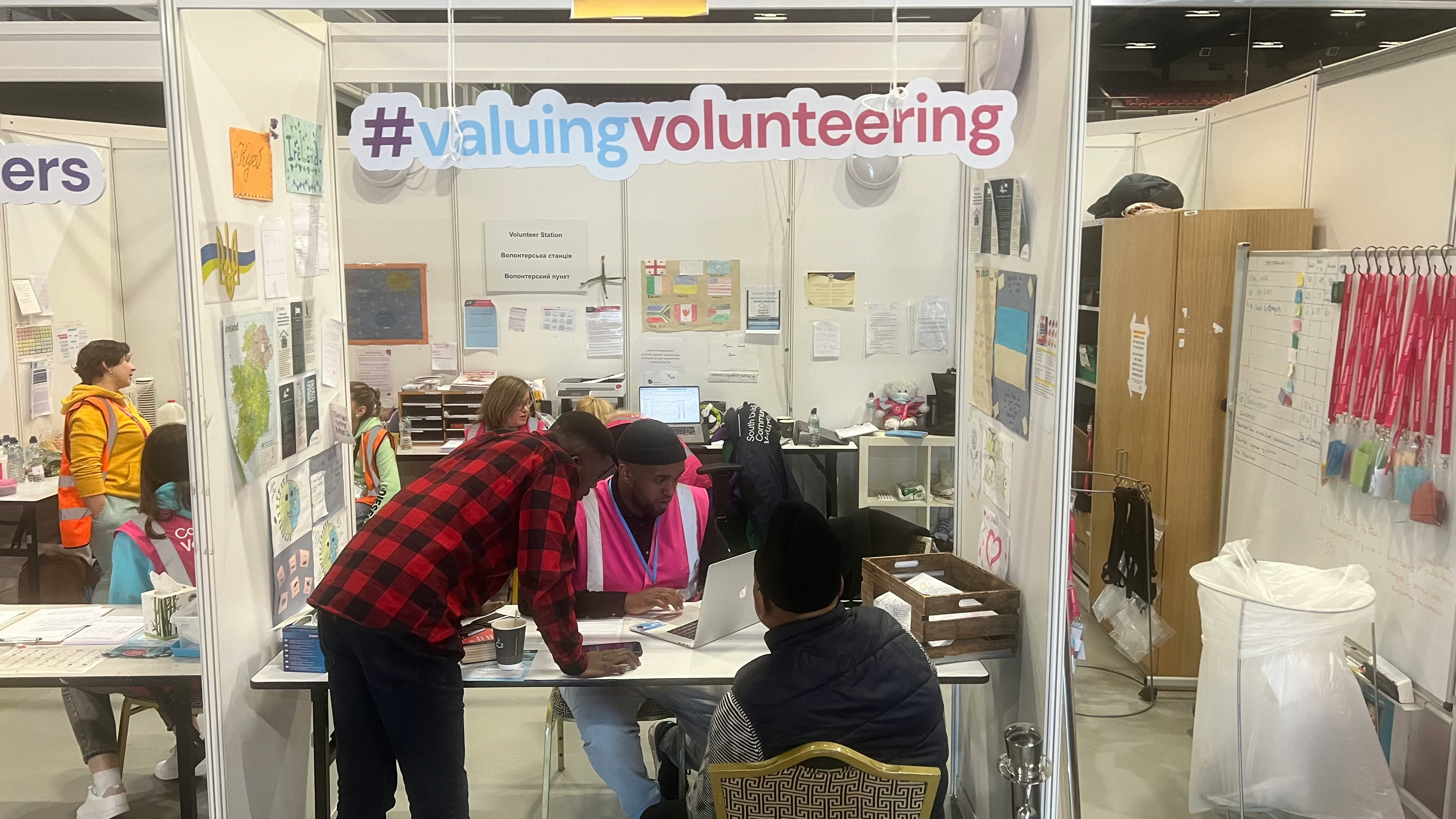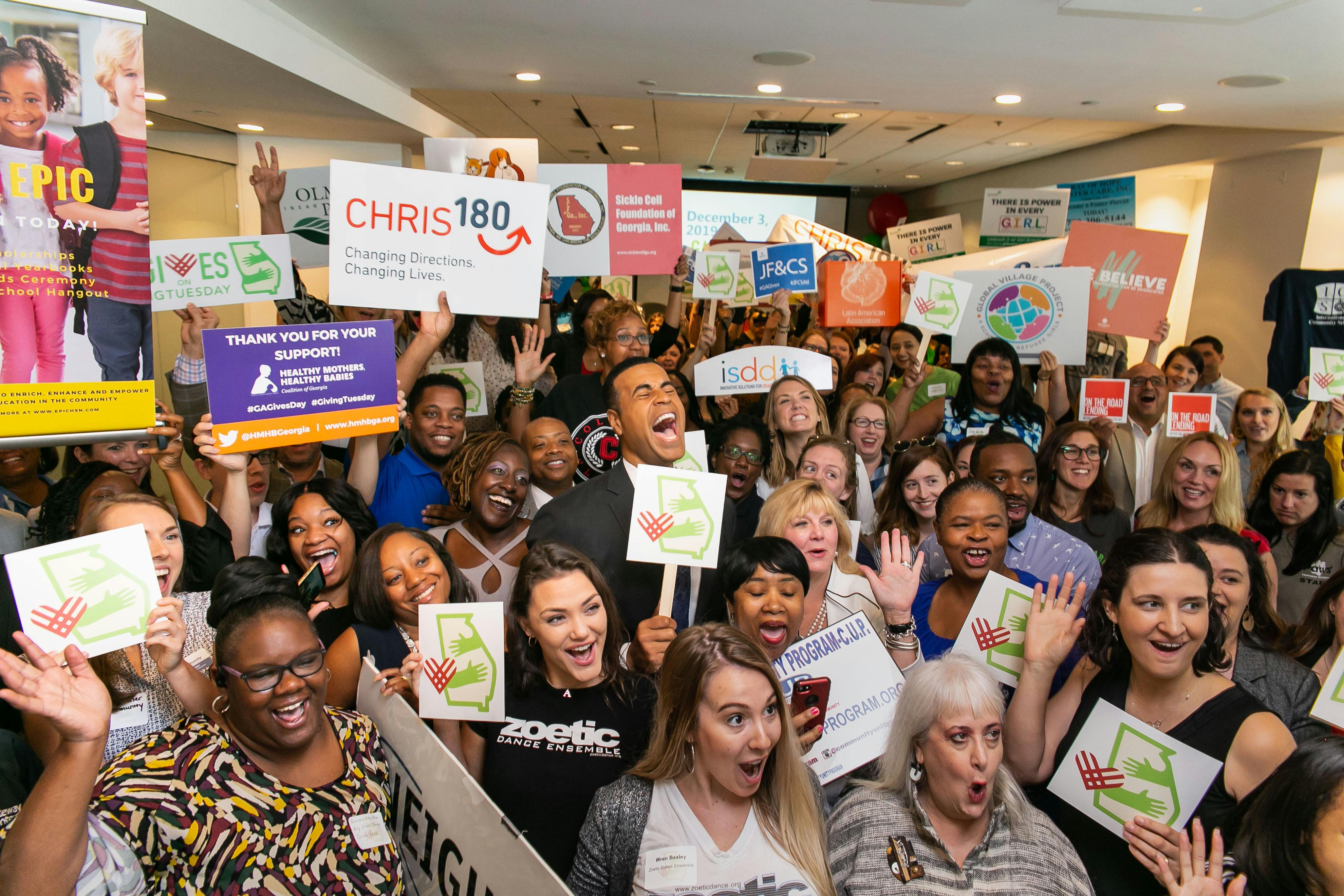Unite for Impact: AI-Powered Matching for Volunteer Team Success

Volunteers are the lifeblood of community initiatives and nonprofit programs. But while passion and goodwill are abundant, effectiveness often hinges on one critical factor: how well volunteer teams are assembled. From overlapping skills to mismatched schedules, poorly structured teams can hinder even the best intentions.
That’s where Easy Pairing comes in. By using AI to form purpose-driven volunteer teams, Easy Pairing optimizes both the volunteer experience and the impact they make. It’s not just about filling slots—it’s about strategic alignment.
The Challenge of Building High-Impact Volunteer Teams
Volunteer coordinators often face these common hurdles:
- Uneven skill distribution (too many planners, not enough doers)
- Scheduling conflicts that delay action
- Mismatched values or communication styles
- Lack of leadership within the team
- Volunteers feeling underutilized or disconnected
Manual pairing based on sign-up sheets or basic forms often misses the nuance needed to build real synergy.

How Easy Pairing Transforms Volunteer Coordination
With Easy Pairing, organizations gain access to an intelligent, scalable system that matches volunteers based on more than just availability. Its algorithm takes into account:
- Core skills and experience (e.g., project management, first aid, logistics, language fluency)
- Passion areas (e.g., education, health, environment, food security)
- Availability and preferred time commitment
- Team role preferences (leader, support, communicator, technical)
- Working styles and personality compatibility
The result? Volunteer groups that are balanced, functional, and energized—from the first meeting to the final debrief.
Why AI Matching Matters for Impact
Impact isn’t just measured by hours logged—it’s about outcomes achieved. Teams matched by Easy Pairing are more likely to:
- Execute faster, thanks to clear role distribution
- Collaborate effectively, with fewer misunderstandings
- Stay engaged, feeling their skills and time are valued
- Achieve measurable outcomes, such as more meals served, more people helped, or projects completed ahead of schedule
Especially during high-demand periods—like disaster relief, donation drives, or election volunteering—AI-powered matching gives coordinators a strategic edge.
Use Cases Across Sectors
Whether you’re a nonprofit, university, religious organization, or civic group, Easy Pairing adapts to your volunteer model. Key applications include:
- One-time events: Quickly form effective teams for cleanups, fundraisers, or drives.
- Ongoing programs: Build rotating groups for weekly outreach or tutoring.
- Remote volunteering: Match based on time zones, communication tools, and digital skills.
- Corporate volunteer days: Align employees based on both company values and team dynamics.

Making Volunteerism More Fulfilling
Matching the right people to the right teams not only boosts impact—it also deepens satisfaction. Volunteers matched via Easy Pairing often:
- Build real friendships through aligned values
- Develop leadership skills in roles that suit them
- Stay longer in volunteer programs due to better experiences
- Provide more constructive feedback to improve future initiatives
This kind of retention and morale is crucial for long-term program growth.
Conclusion

Volunteering is about giving—but the structure behind the scenes determines how far that giving goes. With Easy Pairing, organizations can assemble smarter, more unified volunteer teams that are ready to deliver real change. It’s time to replace guesswork with precision—and passion with purpose.